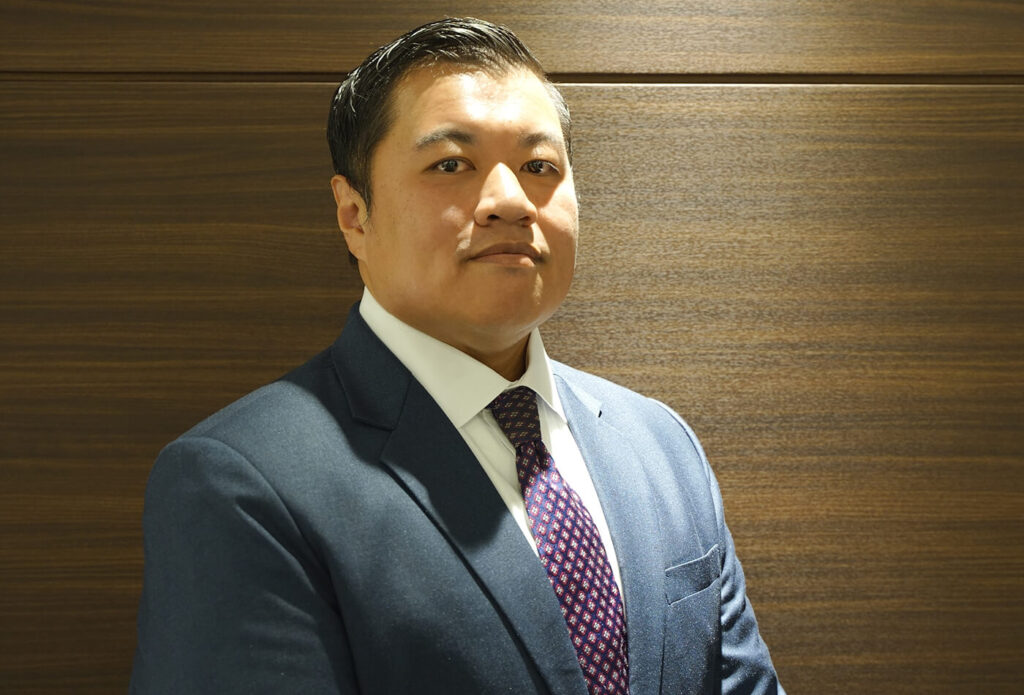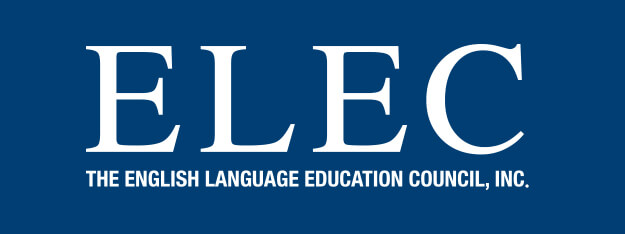
日本とタイの両方で英語を教えた経験を持つPac先生。両国での教育の違いについて問われることが多いそうですが、どのような経験をしているのでしょうか。類似点や違いはどのようなことがあるでしょうか。
What are the differences between teaching in Japan and Thailand?
That is the inevitable question I am asked when someone finds out I have taught in both countries. Having been in the EFL industry for over a decade, I am currently on my second stint in Japan after completing over 8 years of teaching in Thailand. Even with these years of experience, I cannot give a comprehensive answer, but let me share some of my personal observations.
To start with, there are quite a few similarities I have noticed between the two. In both countries, English language lessons are a part of nearly all K-12 curriculums. Therefore, in both Japanese and Thai universities you never really find true beginners. In addition, although it has started to change in recent years, institutions and learners still tend to prefer native English-speaking instructors. I would say there isn’t an acknowledgment of an English-based creole (like Singlish) in either country. Finally, it seems that English ability is still seen as a status symbol in both places. Being a fluent speaker might give off the impression of a coming from an affluent background or that a person has a high-paying job.
However, what most people really want to know when they ask me the question I introduced above, is what are the differences between the two? People often wonder if the stereotypical Japanese business culture is part of the EFL industry here. I would tend to agree that teaching English in Japan is more serious than it is in Thailand, but I have been in both relaxed and more uptight environments in both countries.
The main difference, and the thing I talk about the most when discussing this topic, is the students and their approach to the language classroom. The simple answer is to say that Thais emphasize fluency, whereas Japanese learners are more concerned about accuracy. While I was teaching in a Thai university, I did not have to do much to get students speaking on the first day of class. Contrast this to my experience in many Japanese classrooms, where I often need clear steps to get students to open up. On the other hand, when doing lexical or grammar-based exercises, I usually find Japanese learners to be more engaged. This means they are more likely to utilize the target language of a lesson.
This is something I personally observed in my time at a Thai university. During the fall semester I would have some Japanese exchange students who took both my Advanced Conversation and Academic Presentation courses. In the conversation course, I could sense a bit of apprehension among the Japanese students when they were asked to speak, especially in the first few weeks. However, in my presentation classes, the Japanese students in their final assignments usually did a better job of utilizing the signposts and organization methods I introduced over the semester.
Often, I am asked which country I prefer teaching in. My answer is always that I enjoy both. The differences in personalities and situations I have encountered will continue to impact who I am as a teacher. I hope this experience can be a benefit to my students going forward.
概要>
私が日本とタイの両国で教えた経験があると知ると、両国での教育の違いについてよく尋ねられる。両国での10年以上の英語教育の経験を持ってしても、包括的な回答をするのは難しいと認識しているが、私の個人的な見解をいくつか紹介したい。
両国の類似点には、英語が初等中等教育カリキュラムの一部であること、近年変わり始めてはいるがネイティブ英語話者の講師が好まれる傾向、英語の習熟度がステータスの象徴とされていること、があげられる。両国での異なる点としては、学習者たちの英語学習へのアプローチがある。タイの学生は流暢さを重視するのに対し、日本の学生は正確さに重点を置いていると感じる。
タイの大学で教えていたとき、授業の初日に学生を話させるために多くのことをする必要はなかった。多くの日本の教室では、明確なステップが必要なことが多い。一方、日本の学習者は語彙や文法の演習により積極的であると感じる。
タイの大学での個人的な経験では、上級会話クラスとアカデミック・プレゼンテーション講座の両方を受講する日本人留学生がいた。会話コースでは、初めは話すことに躊躇が見られた日本人留学生たちが、プレゼンテーション講座の最終課題では学修内容をより活用できていた。
どちらの国で教えるのが好きかとよく聞かれる。私の答えはいつも「どちらも楽しい」だ。私が出会った性格や状況の違いは、これからも教師としての私に影響を与え続けるだろう。この経験が今後、生徒たちのためになることを願っている。
